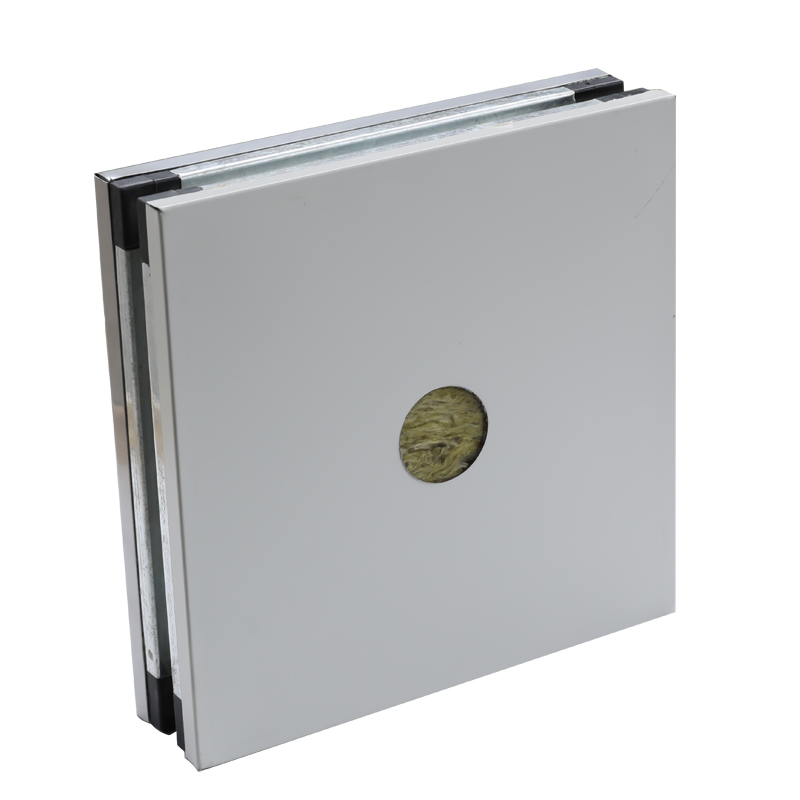

Sandwich panels contribute to energy efficiency in buil […]
Sandwich panels contribute to energy efficiency in buildings primarily through their thermal insulation properties. Here's how they achieve this:
Reduced Heat Transfer: Sandwich panels typically consist of a core material with low thermal conductivity, such as polyurethane (PU), polyisocyanurate (PIR), or mineral wool. These materials are excellent insulators, meaning they are effective at reducing the transfer of heat between the interior and exterior of a building. In cold climates, insulated sandwich panels help to retain heat inside the building, reducing the need for heating. In hot climates, they prevent the penetration of external heat, reducing the demand for air conditioning.
Minimized Thermal Bridging: Sandwich panels provide a continuous layer of insulation across the building envelope, minimizing thermal bridging. Thermal bridging occurs when there is a break in the insulation layer, such as through structural elements like beams or columns, allowing heat to bypass the insulation and conduct through the building envelope. By providing a seamless layer of insulation, sandwich panels help to reduce thermal bridging and improve overall energy efficiency.

Air Tightness: Properly installed sandwich panels can create airtight building envelopes, preventing the infiltration of outside air and the leakage of conditioned air from inside the building. This air tightness reduces heat loss or gain through air leakage, improving energy efficiency and reducing the workload on heating, ventilation, and air conditioning (HVAC) systems.
Controlled Indoor Environment: The thermal insulation provided by sandwich panels helps to maintain a more stable and comfortable indoor environment throughout the year. By reducing temperature fluctuations and drafts, insulated sandwich panels create a more consistent indoor temperature, enhancing occupant comfort and reducing the need for supplemental heating or cooling.
Lower Energy Consumption: Overall, the energy efficiency benefits of sandwich panels result in lower energy consumption for heating and cooling, leading to reduced energy bills for building owners and occupants. Additionally, lower energy consumption contributes to environmental sustainability by reducing greenhouse gas emissions associated with energy production.
By providing effective thermal insulation, minimizing thermal bridging, ensuring air tightness, and promoting a controlled indoor environment, sandwich panels play a significant role in improving the energy efficiency of buildings across various climates and construction types.
Our new models offer superb design;competitive prices and their new features give them distinct advantages over similar products from other manufacturers.